At 4am, Nga Nam floating market (Nga Nam town, Soc Trang province) was still immersed in the quiet night, Mrs. Nguyen Thi Hau got up and lit an incense stick at the bow of the boat. Seeing someone coming, Mrs. Hau quickly asked: "Do you want to buy pineapples? 3 thousand small ones, 5 thousand big ones. My boat still has nearly a thousand pineapples". When she knew that they were tourists taking pictures, Mrs. Hau sighed: "Where is the bustling floating market scene to take pictures of, everyone has gone to the market on land".
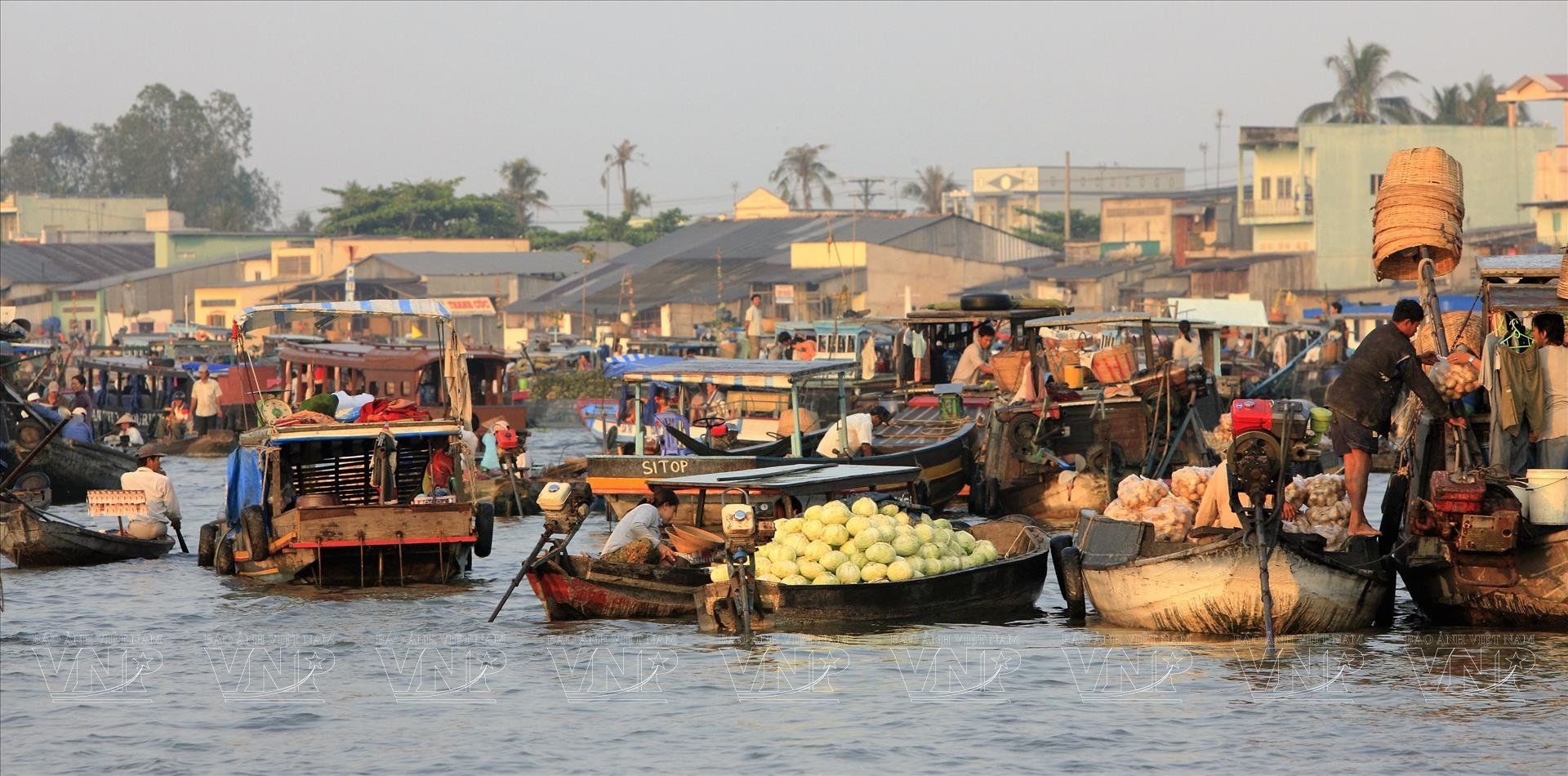
When the light was not yet clear to see people's faces, Mr. Nguyen Van Hung (Mrs. Hau's husband) also got up. Seeing that there were customers talking, Mr. Hung said: "About ten years ago, my family lived in Long My, and we went to the market four times a month. Each time we went to the market, we took a boat loaded with 4-5 tons of fruit, going up the Xang canal to the floating market at Nga Nam and Nga Bay, and within 4-5 days, the goods were sold out."
According to Mr. Hung, in those days, the whole Long My district was excited to go to Nga Nam floating market. Poor families had to buy small boats with engines to go to the market to sell pineapples and buy necessities for their families. But now, the whole Long My district only has his boat anchored at Nga Nam, which has been anchored for 5 days and has only sold 1/3 of the pineapples it brought. Looking at the pile of pineapples starting to turn from yellow to dark black, Mr. Hung sighed: "I guess I have to go ashore and hang a big sale sign to see if I can salvage any money!"
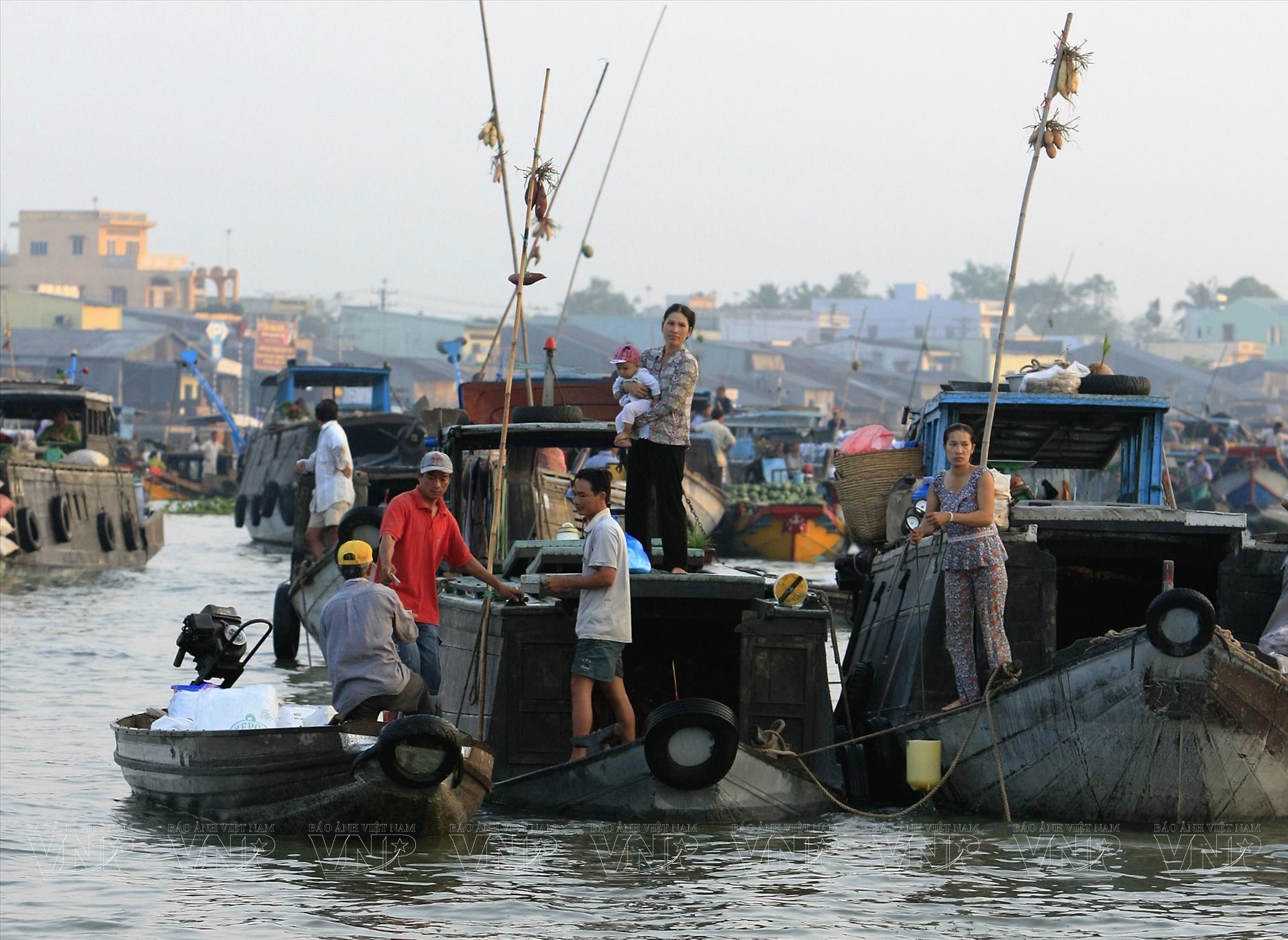 In the floating markets of the West, there is often a pole hanging agricultural products on the front of the boat for buyers to easily recognize. Photo: Nguyen Thang/ Vietnam Pictorial
In the floating markets of the West, there is often a pole hanging agricultural products on the front of the boat for buyers to easily recognize. Photo: Nguyen Thang/ Vietnam Pictorial 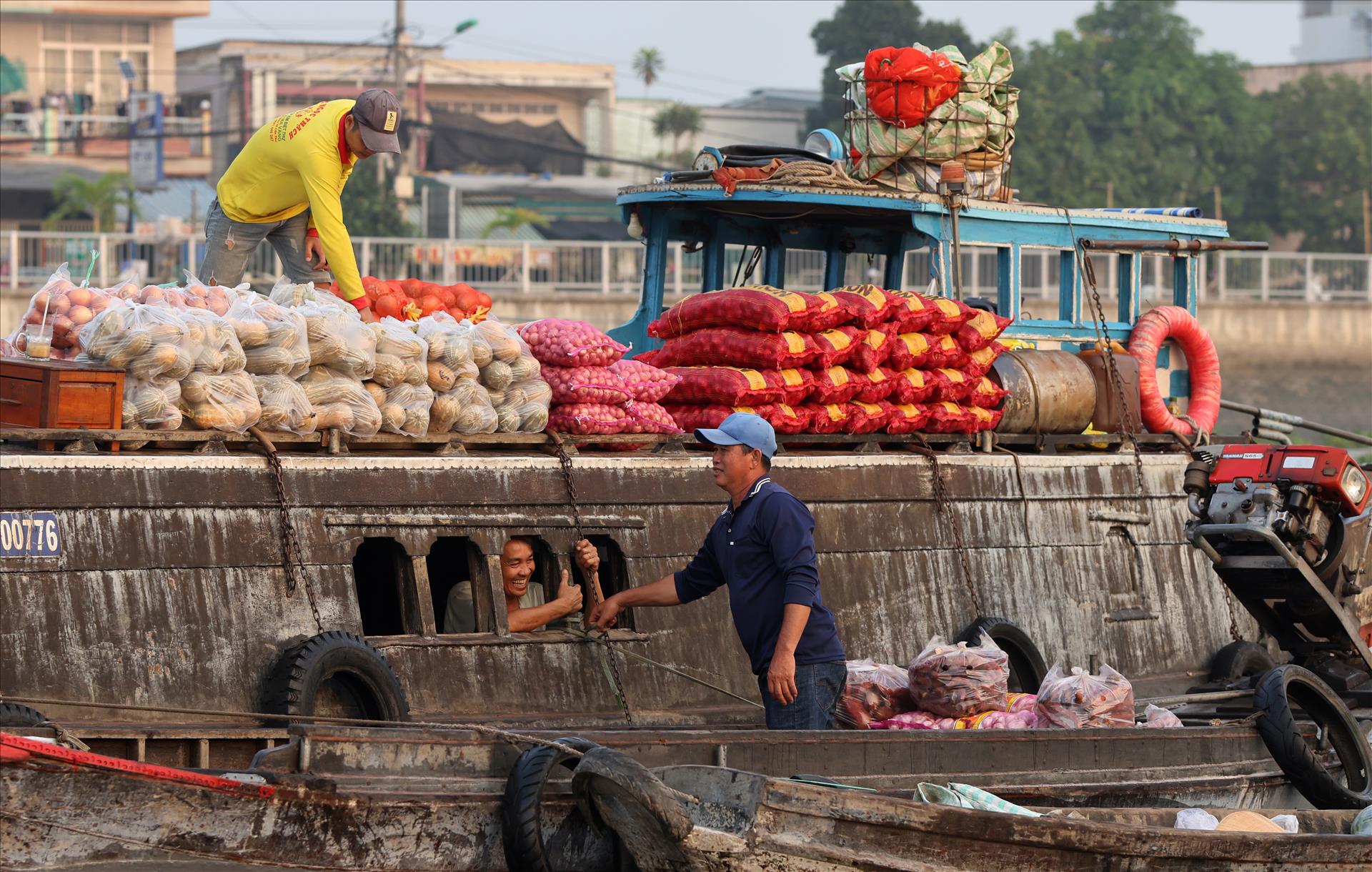 Bustling buying and selling scene at Nga Bay floating market in 2011. Photo: Nguyen Thang/ Vietnam Pictorial
Bustling buying and selling scene at Nga Bay floating market in 2011. Photo: Nguyen Thang/ Vietnam PictorialAlong with Mrs. Hau's pineapple boat, at this section of the Nga Nam River, where five rivers intersect: Ca Mau , Vinh Quoi (Soc Trang), Long My (Hau Giang), Thanh Tri (Soc Trang), Phung Hiep (Hau Giang), there are about ten boats anchored selling watermelon, pineapple and coconut.
Next to Mr. Hung and Mrs. Hau's boat is Mr. Le Van Dinh's watermelon boat. When the light has spread over the river, Mr. Dinh also wakes up, lights an incense stick, sticks it in the bow of the boat and selects the faded watermelons to throw into the river as bait for the fish. Mr. Dinh also went upstream from Vinh Quoi to Nga Nam and anchored to sell for 3 days. This morning, only two restaurants came to his boat to buy more than 20 dozen watermelons to serve customers for the day. After selling a small amount of goods to passersby, Mr. Dinh brought out a tea set and invited us to his boat. He sighed and said: "Then you guys think about it, now that the roads are developed, motorbikes and cars can travel easily, people go to the dry market, traders go to the garden to buy, why go to the floating market. On the other hand, the West no longer has a flood season, there is no water, boats and boats have difficulty traveling, who goes to the floating market anymore?"

At Nga Nam floating market, besides Mr. Hung and Mr. Dinh, there are about ten remaining merchants anchoring their boats to stay at the floating market. According to Mr. Hung: "What profit is there in going to the market by boat like this? It's just that we've been drifting on the river all our lives, and we're used to living on boats so we're reluctant to change. But when we get older, when it's the turn of the younger generation, they might not even know what a floating market is!"
Mr. Hung’s morning tea went straight to our stomachs. We went to Nga Nam again, climbed up the mobile phone tower to observe, a branch of the river to Ca Mau was covered with water hyacinth. Since the Covid-19 pandemic, there have been no boats passing through that branch.
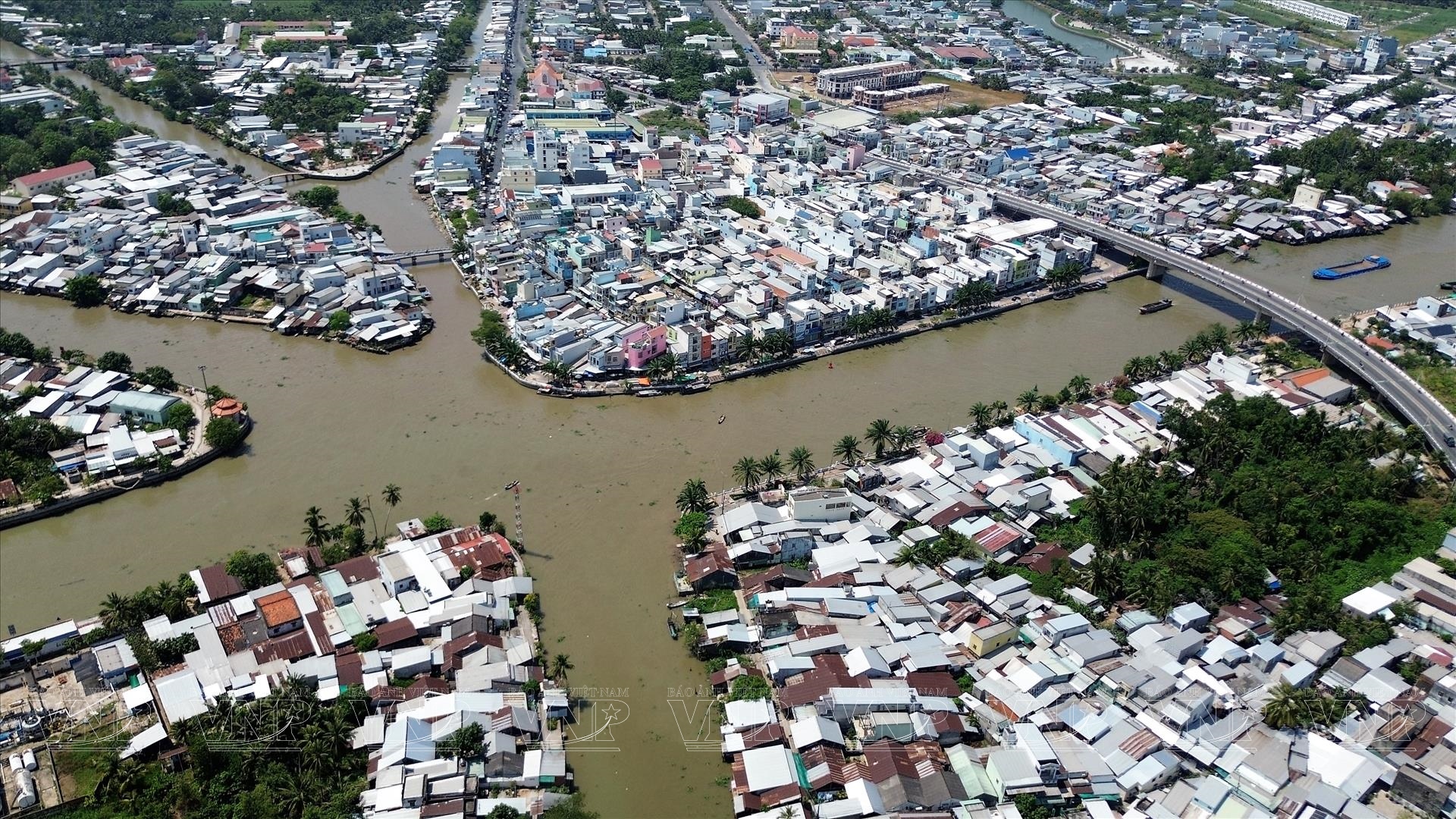 The area where the seven rivers intersect, where the Nga Bay floating market gathered before 2019, is now deserted with merchants. Photo: Nguyen Thang/Vietnam Pictorial
The area where the seven rivers intersect, where the Nga Bay floating market gathered before 2019, is now deserted with merchants. Photo: Nguyen Thang/Vietnam Pictorial 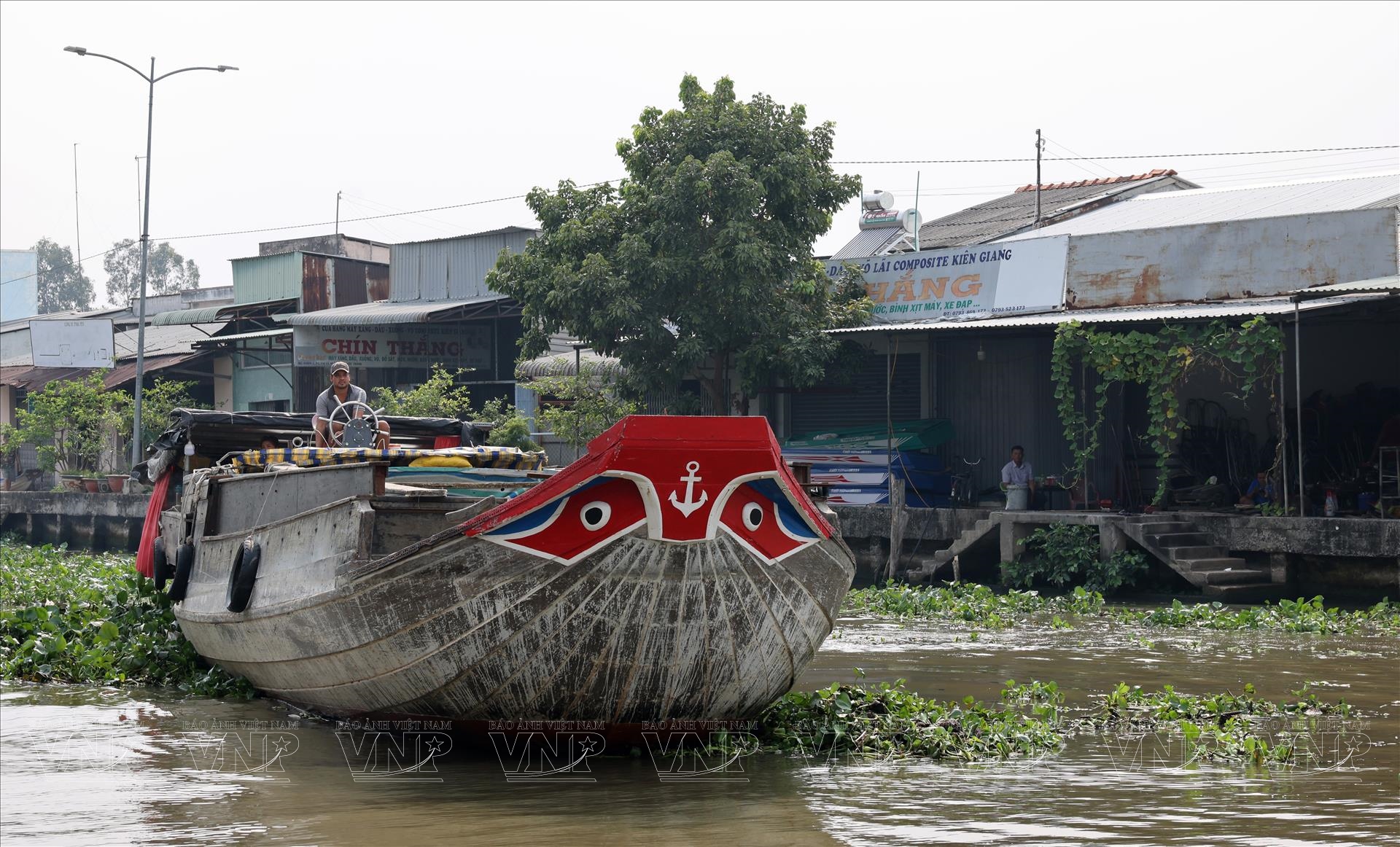
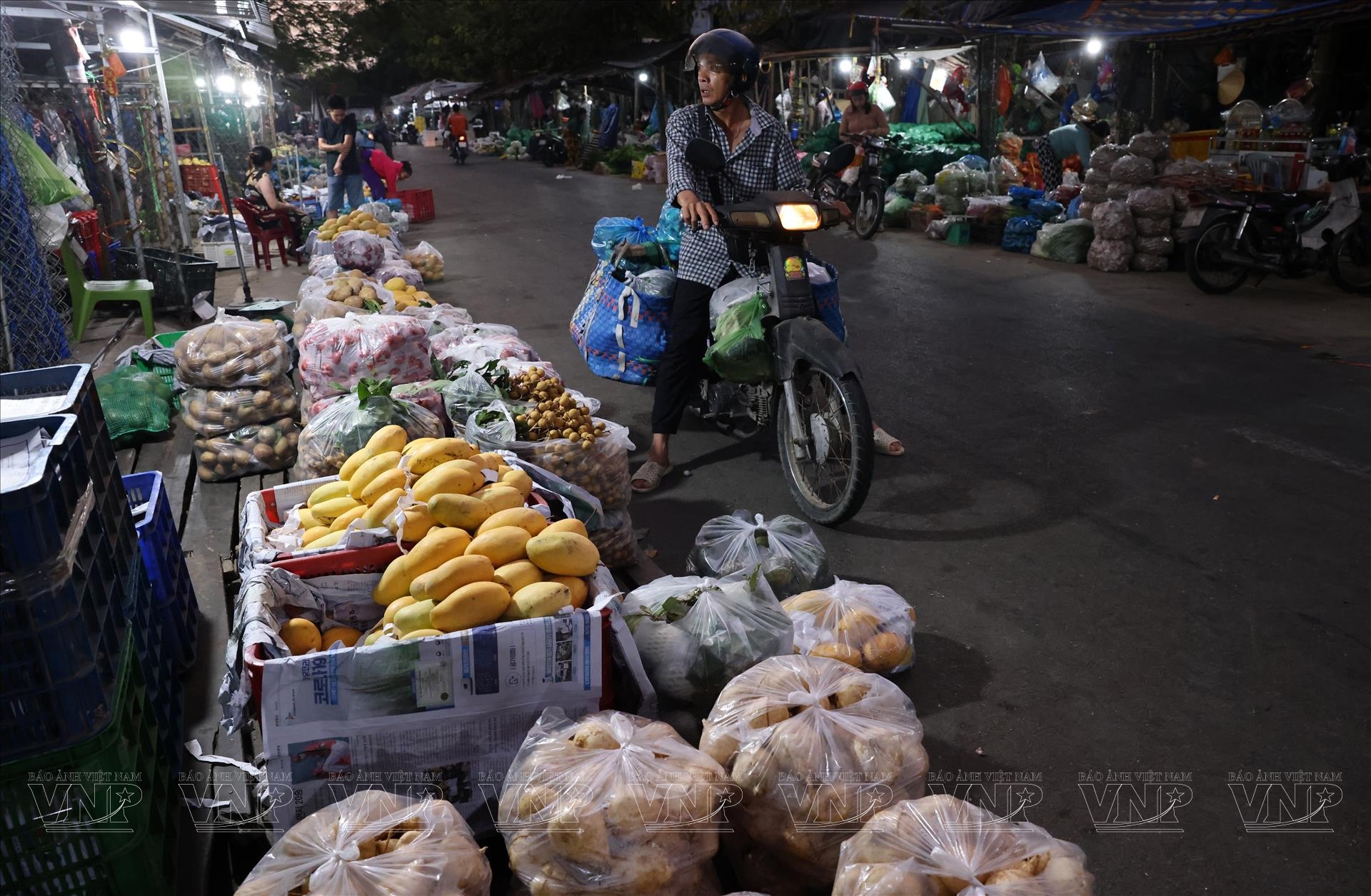
We went upstream of Xang Sa No canal to Nga Bay floating market (in Nga Bay ward, Nga Bay town, Hau Giang province). According to information from Hau Giang Provincial People's Committee, Nga Bay floating market is also known as Phung Hiep floating market, famous for a long time with a history of more than a hundred years and the busiest trading atmosphere in the Mekong Delta. The market was established around 1915, located at the intersection of 7 rivers: Cai Con, Mang Ca, Bung Tau, Soc Trang, Xeo Mon, Lai Hieu, Xeo Vong.
Looking from the flycam, the place where the 7 river branches converge has only boats passing by, the houses are bustling on both sides of the river and especially there is no trace of the famous floating market of the past. Stopping at a roadside cafe, asking the owner, she also only provided a brief information: Before the Covid-19 pandemic, the market was held at this exact spot, but since then, no one has been seen going to the floating market anymore.

We went to the white rice and water region of Can Tho, walked around Ninh Kieu wharf, where there is a service to take tourists to visit Cai Rang floating market, and were informed by a tourist boat owner that the floating market still exists, but the boats are not as crowded as before, because the soul of the floating market, the merchants, has gradually disappeared.
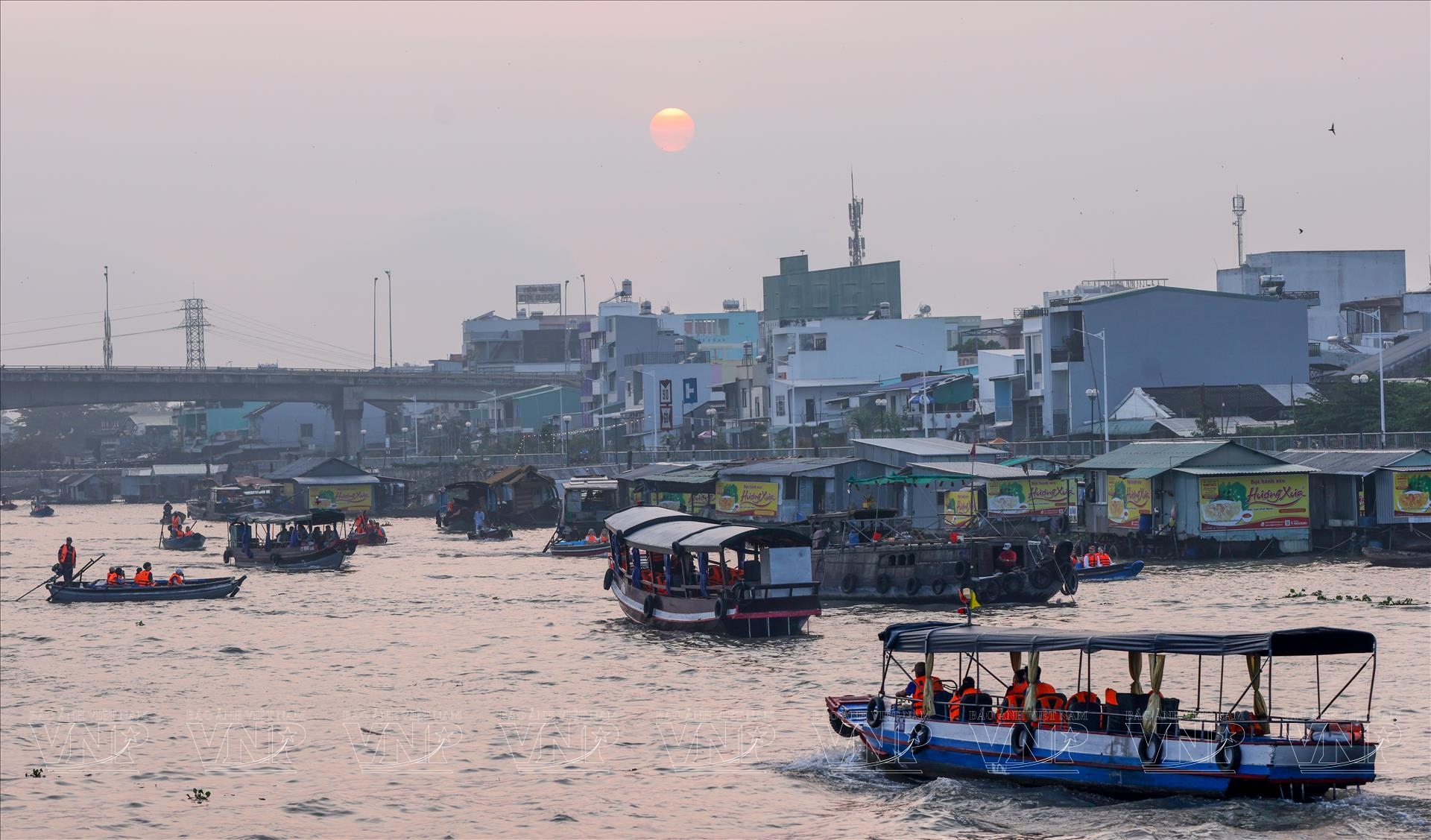 Cai Rang Floating Market (Can Tho City) is bustling with tourists from 5am to 8am. Photo: Thong Thien/ Vietnam Pictorial
Cai Rang Floating Market (Can Tho City) is bustling with tourists from 5am to 8am. Photo: Thong Thien/ Vietnam Pictorial 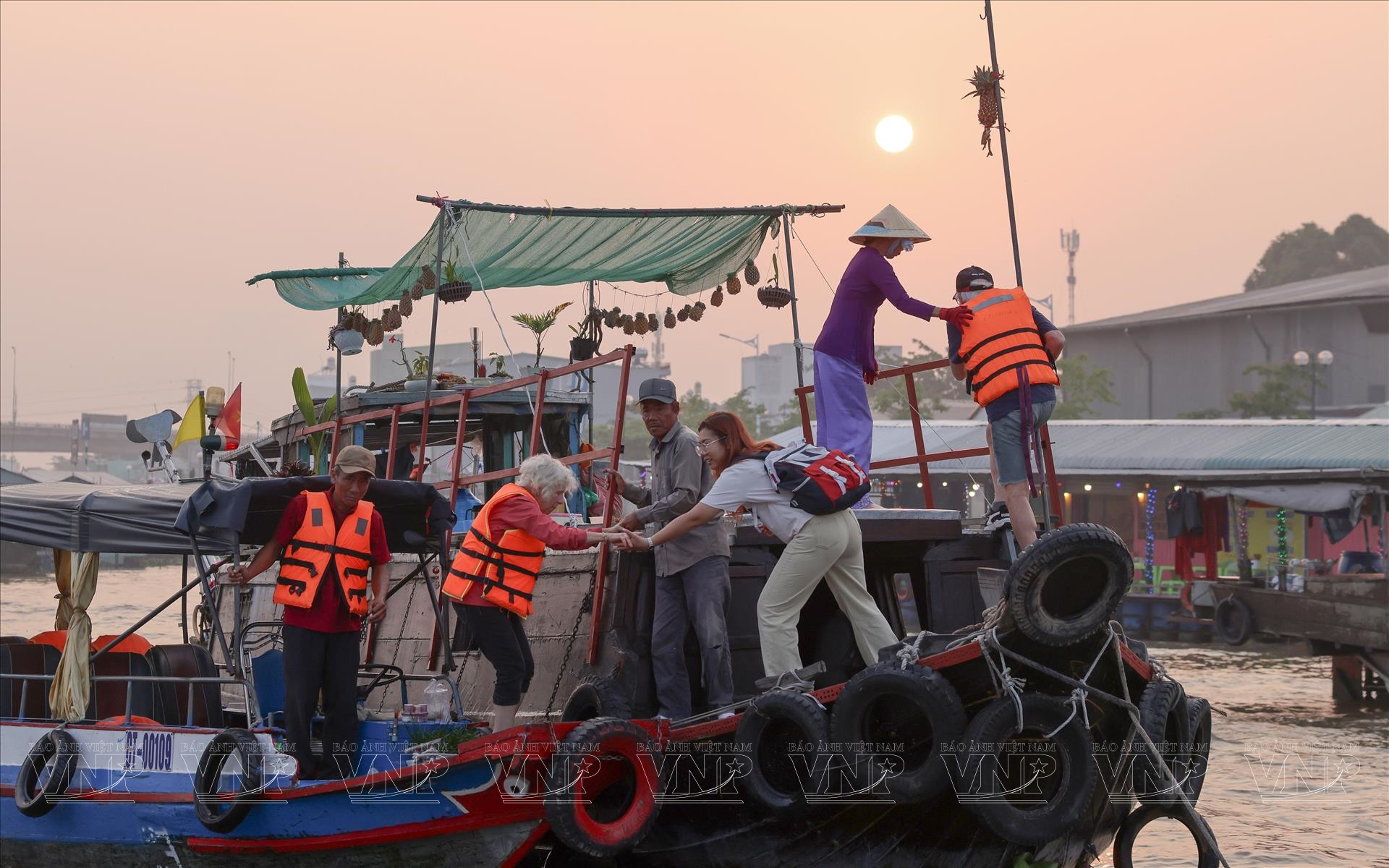
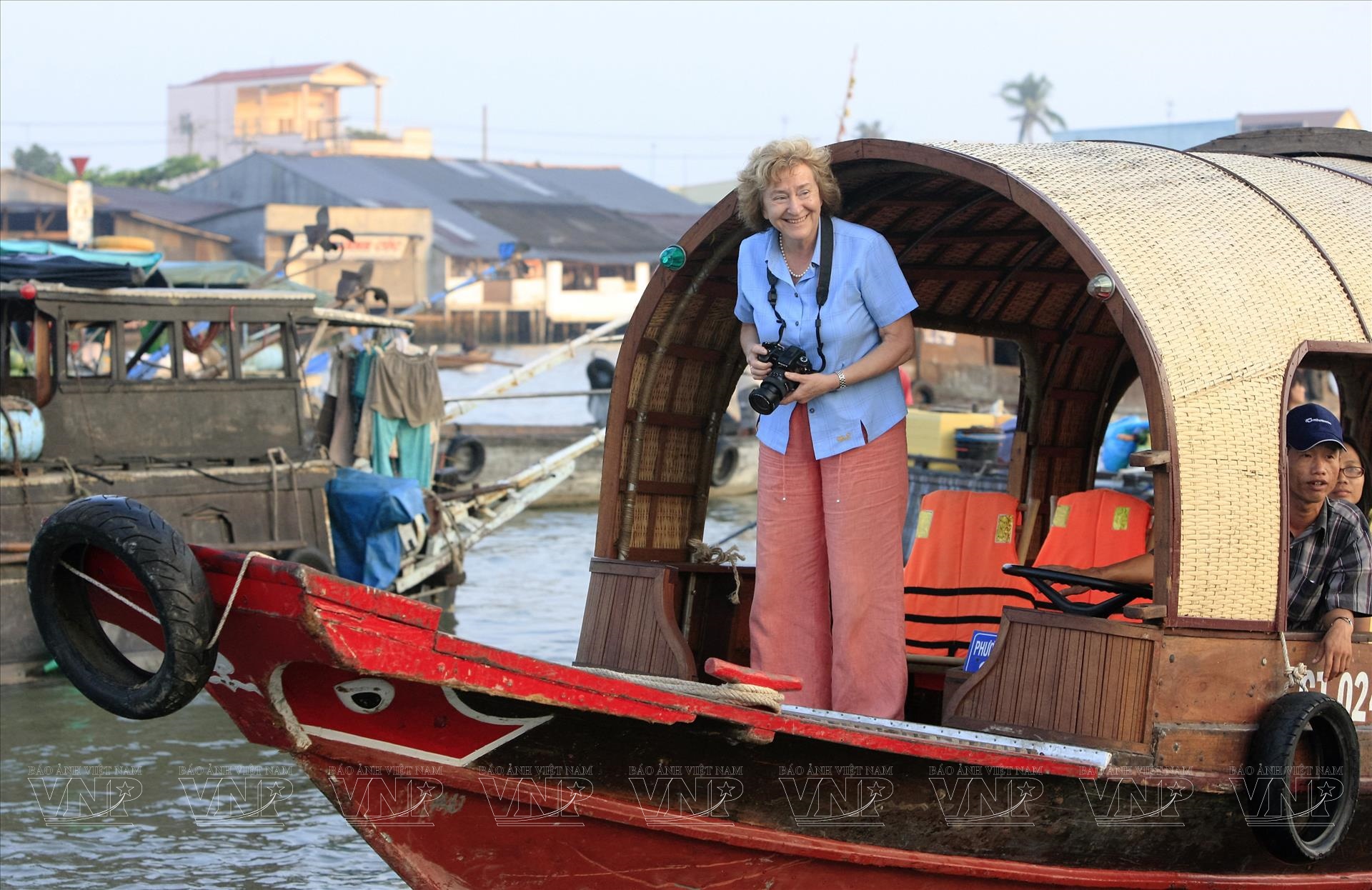
At 5am, we rented a tourist boat from Ninh Kieu wharf to Cai Rang floating market. The sun had not yet risen but the Can Tho river was already bustling with tourist boats taking tourists to visit the floating market. Our boatman was Nguyen Duoc, who has been driving boats around the floating market for more than 20 years. Sitting on the swaying boat, Duoc said: “The floating market today is very different from the past. In the past, the market was active from dawn to dusk, with boats carrying fruits, vegetables and beans filling the entire river. Now, trading by road is convenient, so many merchants have come ashore to trade.”
We observed that there were only about 20 large boats left in Cai Rang floating market that specialized in selling agricultural products. Mr. Dang Van Nam, a floating market trader, said that the boats of traders here only sold agricultural products that could last for a long time, such as squash, pumpkin, coconut, etc. The rest were small boats that went back and forth selling fruits to tourists. Mr. Nam, like Mr. Hung and Mr. Hinh in Nga Nam floating market, was used to the life of a trader, the boat was his home, the Can Tho River was his hometown, so he was afraid to go ashore. "One day, I will have to leave the boat and go ashore to find another job to make a living, because now selling goods on the floating market is very slow!", Mr. Nam sighed.
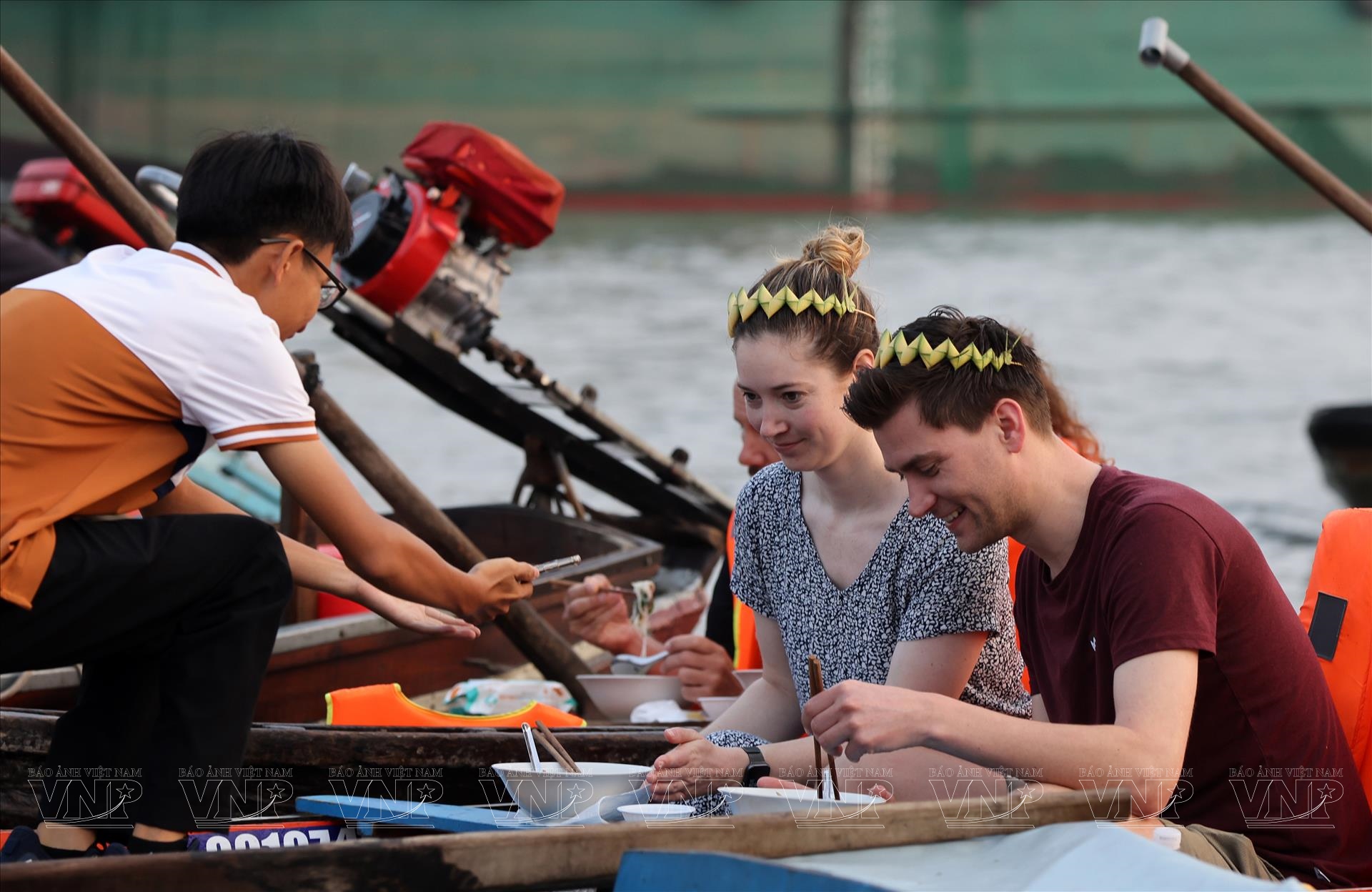 Tourists enjoy noodles on the river at Cai Rang floating market. Photo: Le Minh/Vietnam Pictorial
Tourists enjoy noodles on the river at Cai Rang floating market. Photo: Le Minh/Vietnam Pictorial 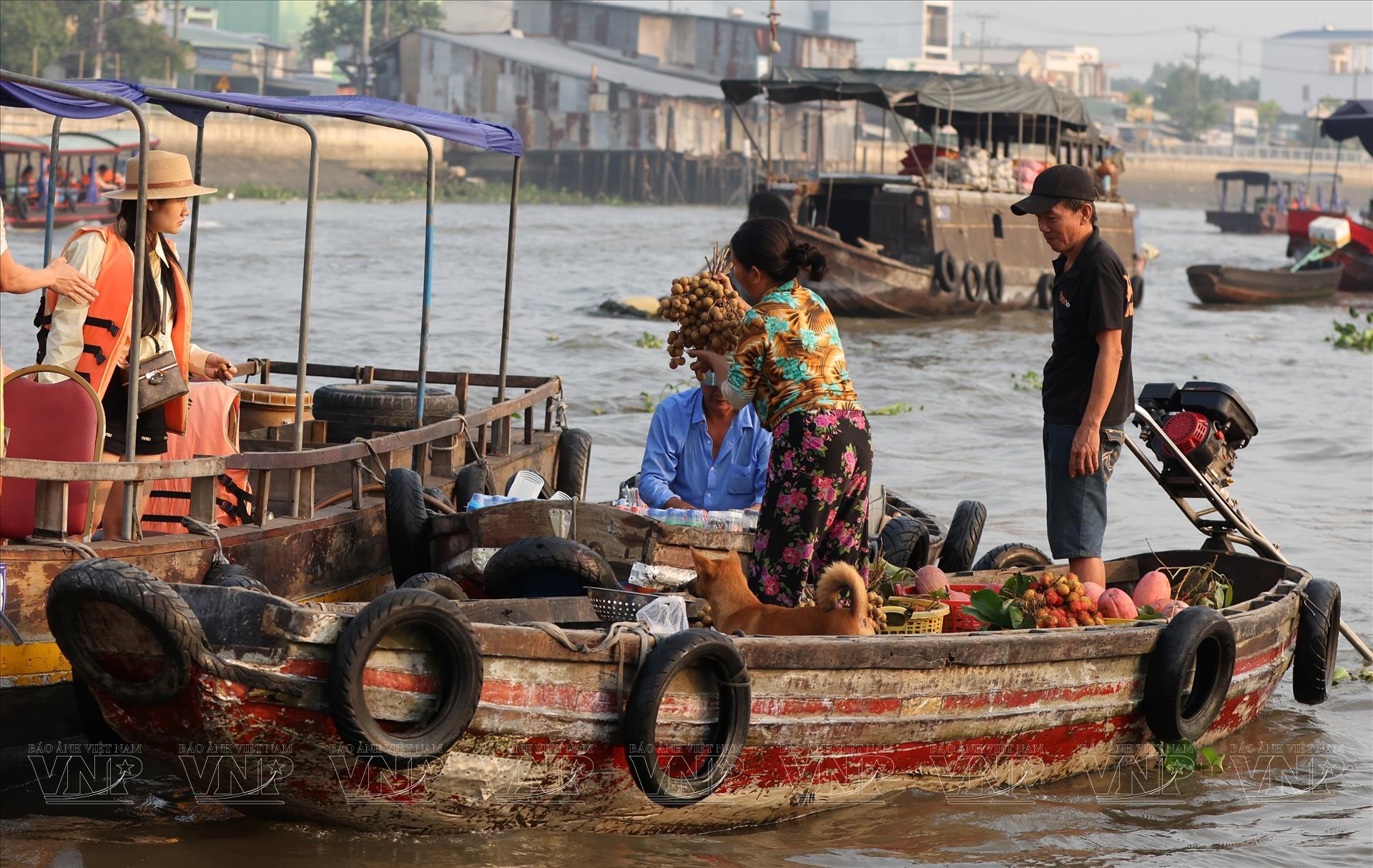 Tourists buy fruit at Cai Rang floating market. Photo: Le Minh/Vietnam Pictorial
Tourists buy fruit at Cai Rang floating market. Photo: Le Minh/Vietnam PictorialWe stopped by the boat of Mrs. Nguyen Thi Kim Chuong, who specializes in providing beverage services at Cai Rang floating market. Mrs. Chuong said that while in the past boats were busy trading agricultural products, now they are replaced by tourist boats. Every day, her boat that supplies coffee, sweet tea, soy milk, etc. sells to a few dozen tourists, although not many, but enough to make a living.
According to the People's Committee of Can Tho City, since 2016, the city has implemented the project "Preserving and developing Cai Rang floating market". In 2024, the tourism industry will continue to advise on the project to preserve Cai Rang floating market; develop a "Resolution regulating policies to support tourism development in Can Tho City until 2030" focusing on developing Cai Rang floating market tourism. Up to now, Can Tho City has organized the Cai Rang Floating Market Cultural Tourism Festival 7 times to promote and stimulate tourism. However, many tourists commented that Cai Rang floating market with tourism services is still monotonous and boring. "We go to the floating market to have breakfast, drink coffee and then go home. We cannot buy fruit because it is 4-5 times more expensive than the market on land", said tourist Le Van Minh in Saigon.
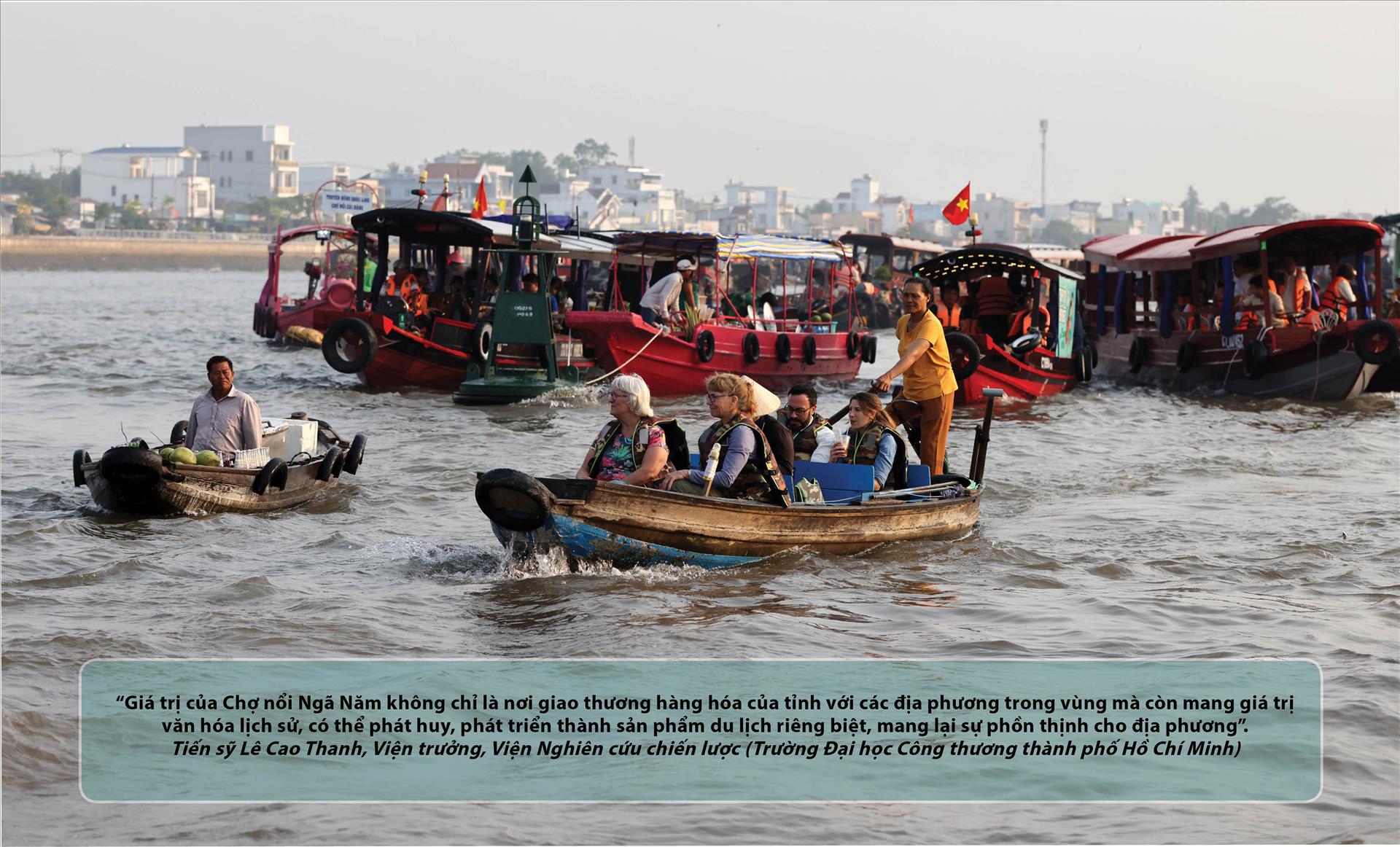
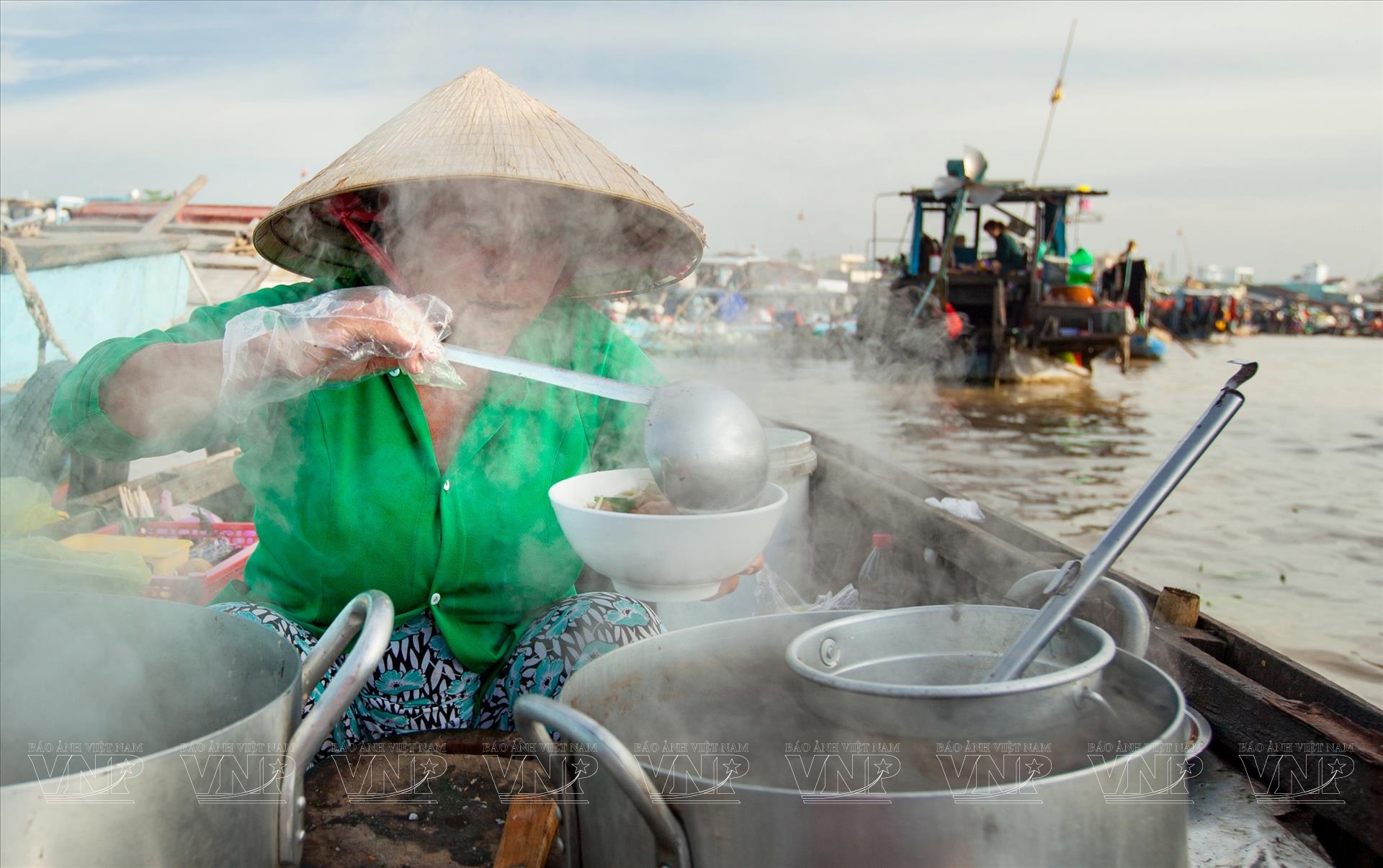
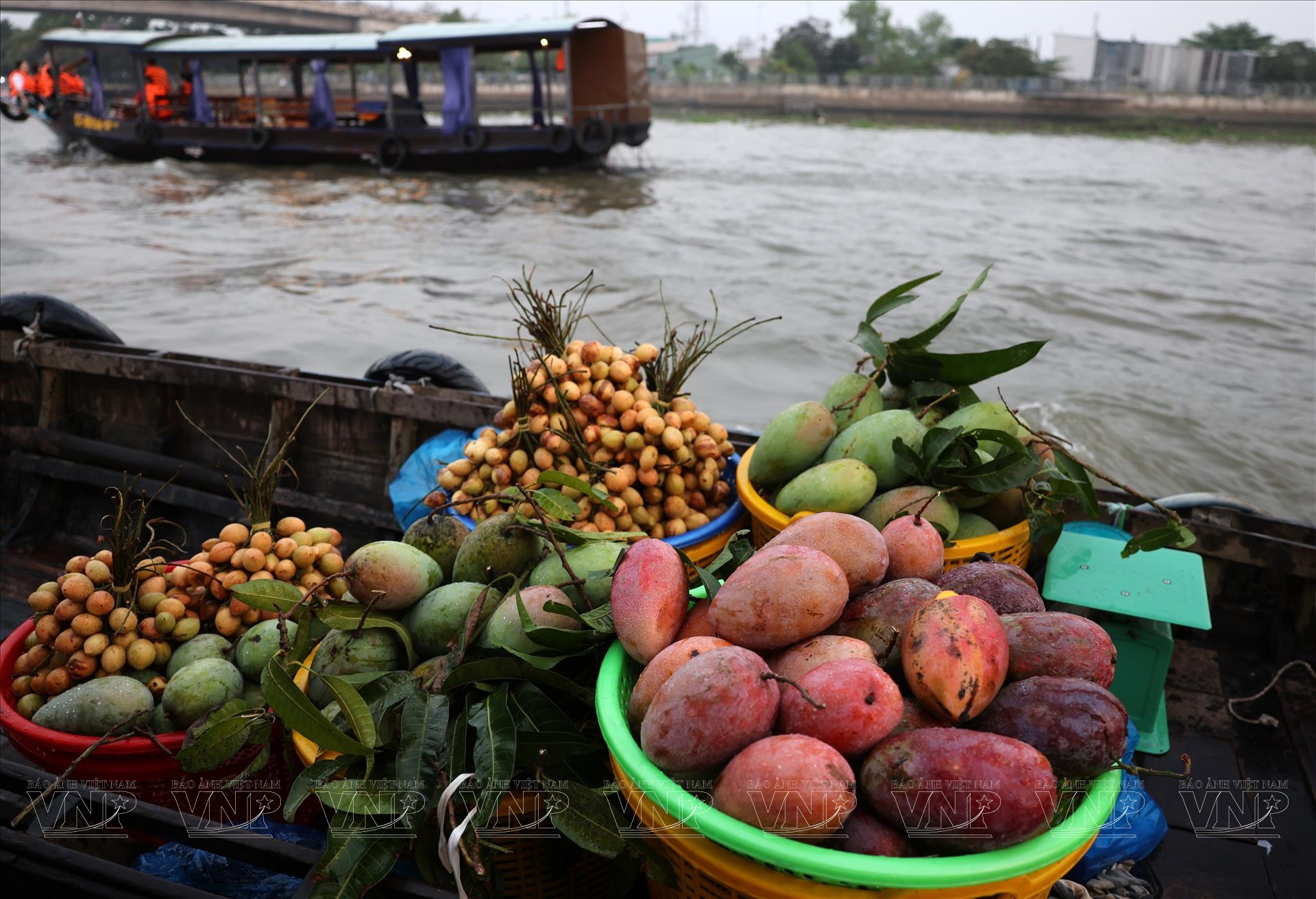
Many cultural researchers believe that "the soul of the floating market is the merchant class". However, with the development of e-commerce and the development of roads, the floating market merchant class is gradually disappearing. According to statistics from the People's Committee of Can Tho City, before the Covid-19 pandemic, Cai Rang floating market had about 500 - 700 merchants bringing boats to trade, but now there are only about 30 - 50 merchants participating. "If we organize the floating market well with merchant activities and combine it with sightseeing tourism and organize activities well, the value of the floating market will remain intact and will be further promoted", Dr. Tran Huu Hiep - Vice Chairman of the Mekong Delta Tourism Association suggested.
Source: https://baobinhphuoc.com.vn/news/20/173394/lenh-denh-cho-noi-mien-tay


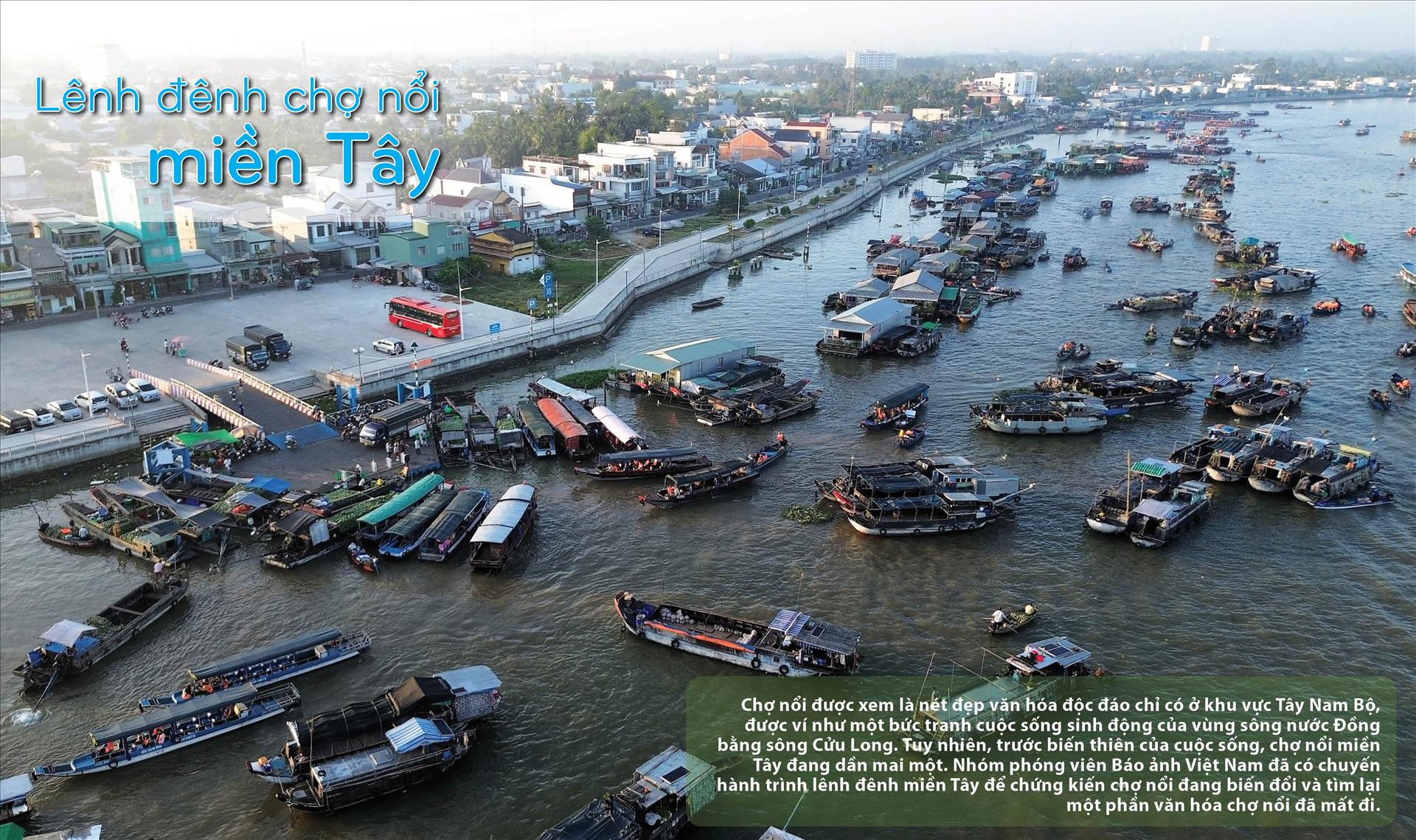

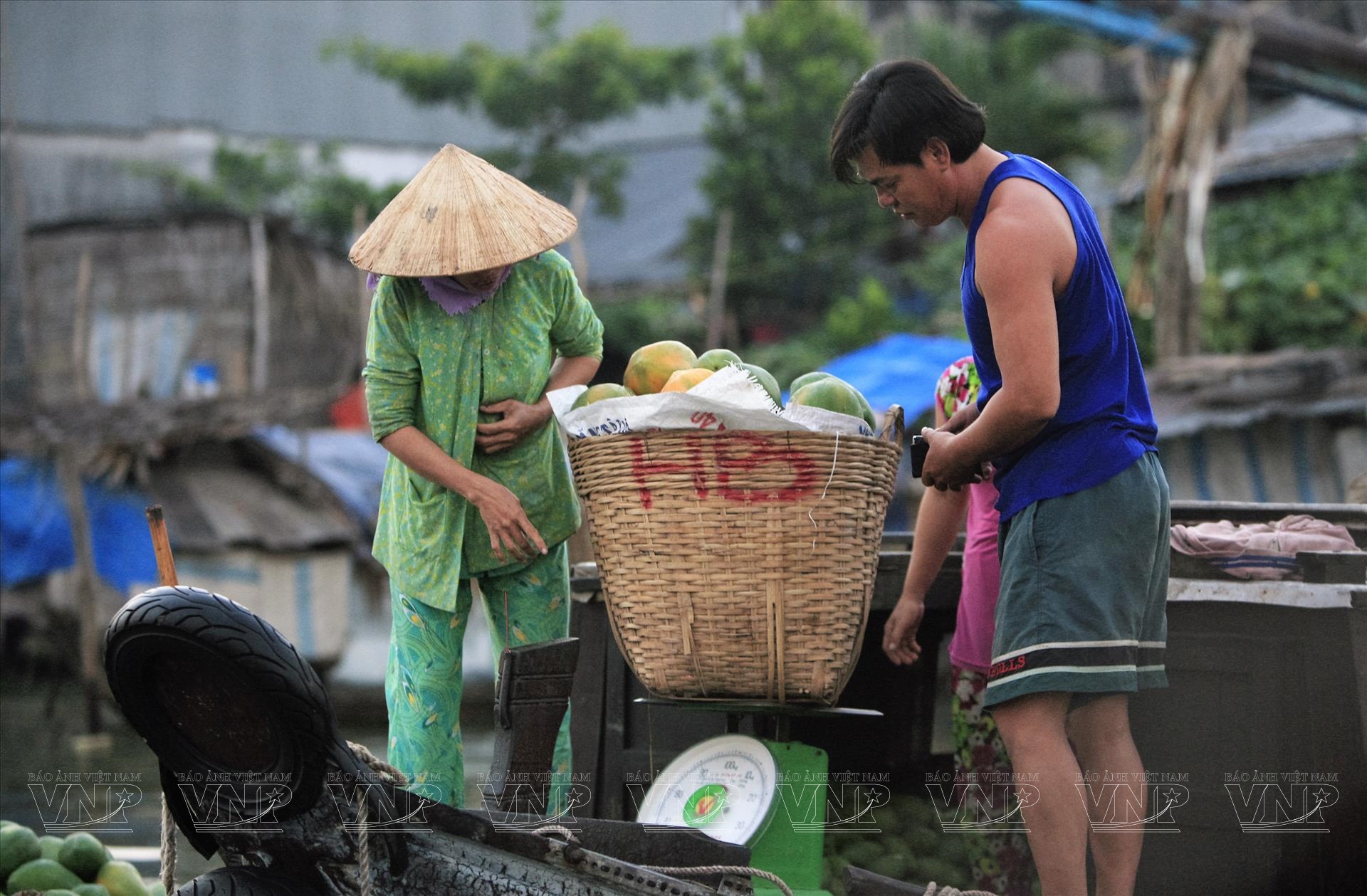
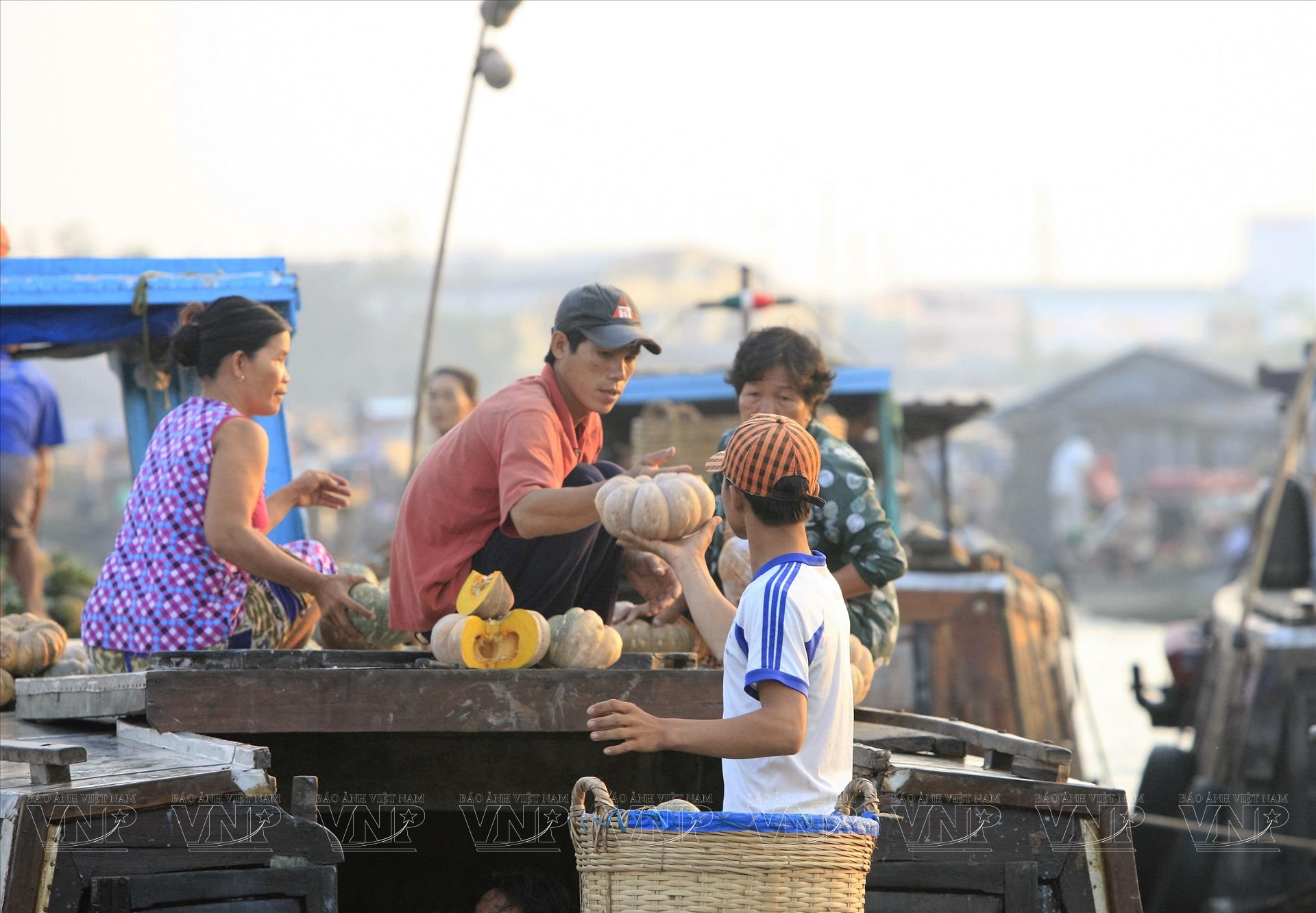













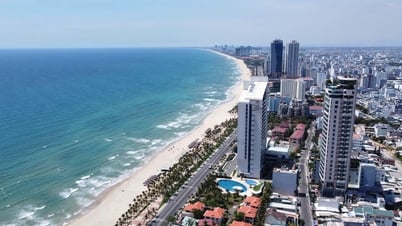





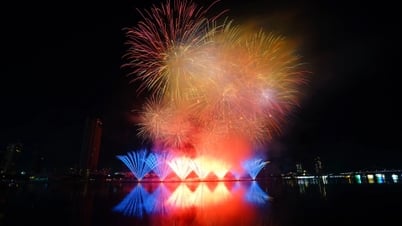
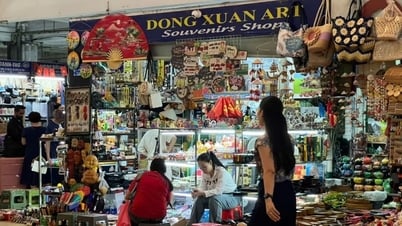















































![[Photo series] Many Dong Nai products participate in the Southern Fruit Festival in 2025](https://vphoto.vietnam.vn/thumb/402x226/vietnam/resource/IMAGE/2025/6/1/dacb19003cee4155a6945db67914d9cf)

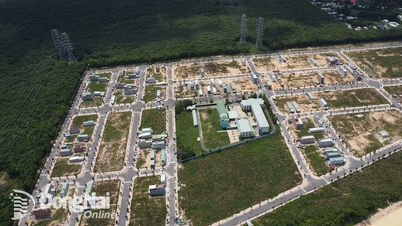




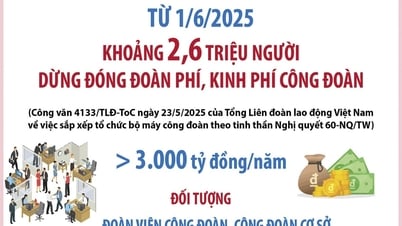

















Comment (0)